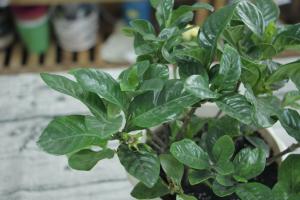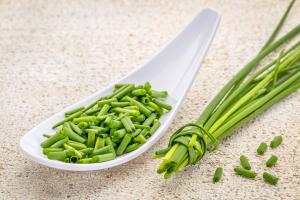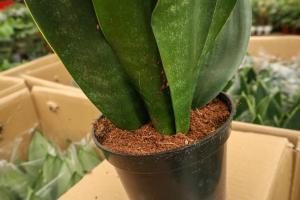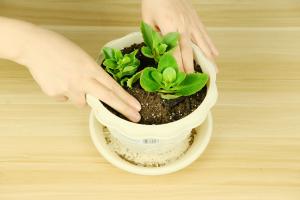Introduction
Cherry tomato plants are a popular vegetable to grow in gardens and on balconies because of their sweet taste and low maintenance requirements. However, before investing time and effort into growing these plants, it is important to understand how long they can be expected to live. This article will explore the lifespan of cherry tomato plants and factors that can impact their longevity.
How long do cherry tomato plants live?
Cherry tomato plants typically live for one growing season, which can range from 90 to 150 days depending on the variety and growing conditions. Once the plant has produced fruit, it will start to decline and eventually die off. However, some cherry tomato plants may continue to produce fruit for up to six months if they are grown indoors or in a greenhouse with optimal conditions.
Factors that impact the lifespan of cherry tomato plants
Several factors can significantly impact the lifespan of cherry tomato plants, including:
Growing conditions: Cherry tomato plants require ample sunlight, well-draining soil, and regular watering to thrive. If these conditions are not met or if the plant is grown in containers, its lifespan may be shortened.
Disease and pests: Cherry tomato plants can be susceptible to diseases and pests, such as tomato blight, whiteflies, and spider mites, which can weaken the plant and reduce its lifespan.
Genetics: Some cherry tomato varieties are bred to have a longer lifespan than others. Choosing a variety that is well-suited to your growing conditions can help extend the life of your plant.
Pruning: Pruning cherry tomato plants can help improve their overall health and extend their lifespan. Removing diseased or damaged foliage, as well as excess stems and branches, can promote better airflow and reduce the risk of disease.
How to extend the lifespan of cherry tomato plants
To help extend the lifespan of your cherry tomato plants, follow these tips:
Choose the right variety: Look for cherry tomato varieties that are well-suited to your growing conditions and are disease-resistant.
Provide optimal growing conditions: Ensure your plants receive plenty of sunlight, are planted in nutrient-rich soil, and are watered regularly.
Prune regularly: Regularly remove diseased or damaged foliage, as well as excess stems and branches, to improve airflow and reduce the risk of disease.
Control pests and disease: Keep an eye out for signs of pests and disease and take action promptly to prevent them from spreading.
Harvest regularly: Regularly harvest ripe cherry tomatoes to promote continued fruit production and prevent the plant from putting energy into overripe or rotting fruit.
Conclusion
Cherry tomato plants typically have a lifespan of one growing season, but this can vary depending on the variety and growing conditions. To extend the life of your plants, choose disease-resistant varieties, provide optimal growing conditions, prune regularly, and control pests and disease. By following these tips, you can enjoy a bountiful harvest of sweet, juicy cherry tomatoes for as long as possible.

 how many times do yo...
how many times do yo... how many planted tre...
how many planted tre... how many pine trees ...
how many pine trees ... how many pecan trees...
how many pecan trees... how many plants comp...
how many plants comp... how many plants can ...
how many plants can ... how many plants and ...
how many plants and ... how many pepper plan...
how many pepper plan...
































